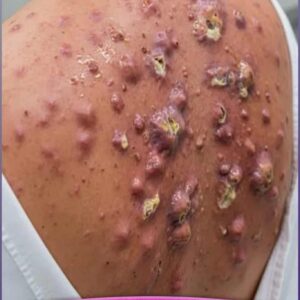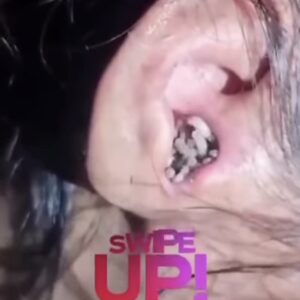Acne develops when hair follicles become clogged with oil, dead skin cells, and bacteria. While breakouts commonly appear on the face, jawline acne can be particularly stubborn and frustrating. This type of acne often forms deep under the skin, leading to painful, inflamed bumps. Understanding the root causes can help in finding the most effective treatment and preventing future flare-ups.
Several factors contribute to jawline acne, including genetics, hormonal fluctuations, and certain medical conditions. Hormonal acne, often linked to androgens, is a common culprit, especially in women experiencing menstrual cycles, pregnancy, or polycystic ovary syndrome (PCOS). Additionally, medications like corticosteroids or lithium may worsen breakouts. External factors, such as tight clothing, phone usage, or resting the chin on hands, can also trap bacteria and oil, leading to clogged pores.
For mild cases, over-the-counter (OTC) treatments containing benzoyl peroxide, salicylic acid, or alpha hydroxy acids (AHAs) may help clear jawline acne. These ingredients work by exfoliating dead skin cells, reducing inflammation, and killing acne-causing bacteria. Consistent skincare routines, including gentle cleansing and non-comedogenic moisturizers, can also prevent further clogging. However, picking or squeezing pimples should be avoided, as this can worsen inflammation and lead to scarring.




